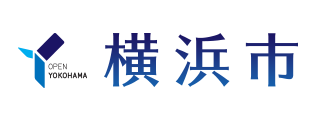- Yokohama-shi Top Page
- Business
- Support for SMEs
- Promotion of Skilled Work
- Yokohama Meister Introduction
- Keno Hirayama Meister (Stained Glass)
The text is from here.
Keno Hirayama Meister (Stained Glass)
Last updated on February 1, 2021.
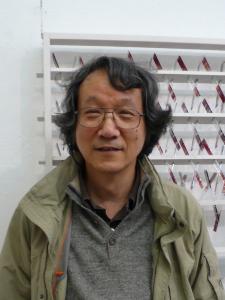
Keno Hirayama )
Stained glass
Fiscal 2000 Selection (Fifth term)
Lives and works in Kohoku Ward
- Born in 1949, Born in Tokyo
- Completed the Master's Program at Musashino Art University
- Representative of optical stained workshop
- “Yokohamajin Encyclopedia” (J: COM) Appearance video (outside site)
Works that match the light of each of the four seasons in Japan
"When installing in a building, make it according to the condition of the light in that place. The most important thing and difficult thing is to remember the light of the field," says Hirayama, "Is it the delicate beauty of light that burns and paints according to the diversity of Japanese light with the four seasons?" says, "There are still many things that cannot be understood in this field with a thousand years of history. I read a lot of books, but I'm not sure. In addition to producing and restoring works, I have been conducting research and research on the history and techniques of stained glass.
"Stained glass has a history of about 120 years in Japan and has not yet gained citizenship. I would like to increase the number of people who understand it not only for church but also for everyday life. "
Meister's skill
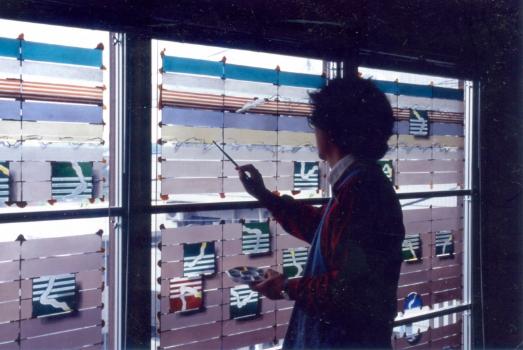
Unlike the classic European technique of stained glass, which is simply connecting colored glass with lead piers or copper adhesive tapes, the glass is corroded with chemicals, painted in glaze, burned repeatedly in furnaces, and finally connected with lead piers to complete the work.
Mr. Hirayama has made his own furnaces for firing glass and equipment for corrosion, all of the color plate glass is from France and Germany, and glaze and others are ordered from workshops in Germany.
Based on the classical techniques and high-level skills learned in authentic France, while incorporating cutting-edge modern techniques, we not only pursue the beauty of stained glass, but also strive to create works suited to the climate and climate of Japan.
In addition, the reinforcement method also incorporates traditional French church construction methods so that stained glass can be reused even if the building is broken over time.
Profile

After completing the Musashino Art University Practical Specialty Course, he joined a stained glass workshop where he had been apprentating while at school.
At the age of 27, he studied at the stained glass department of the National College of Fine Arts in France.
He studied the classical techniques of stained glass for three years, and after returning to Japan, established a workshop in Tokyo. At the age of 34, he moved his studio to a hill full of light in Yokohama.
While making orders at the workshop, he holds a class on classical techniques once a week.
In addition to large-scale production of Hossho-ji Temple main hall, Yokohama City University, Toyama City Arts and Culture Hall, Bunshodo Ginza Building, etc.
Major Awards
- 2018 Yokohama City Skilled Workers Award (Mayor of Yokohama)
- Received the Yokohama Culture Award in 2018
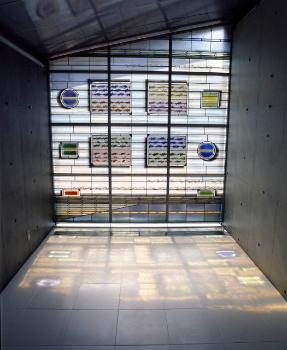
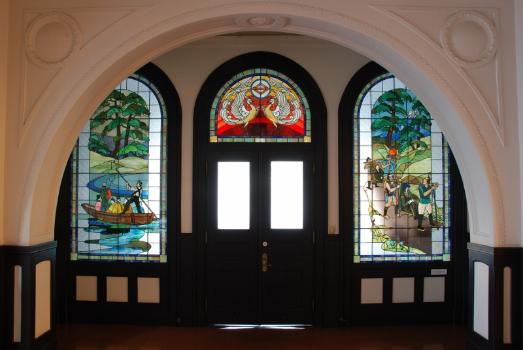
You can meet the skills of Meister here!
Optical stained workshop
4-7-12, Kikuna, Kouhoku-ku, Yokohama-shi
Phone: 045-401-7641
Inquiries to this page
Employment and Labor Division, Civil Economic and Labor Department, Economic Affairs Bureau
Phone: 045-671-4098
Phone: 045-671-4098
Fax: 045-664-9188
E-Mail address [email protected]
Page ID: 382-567-576

